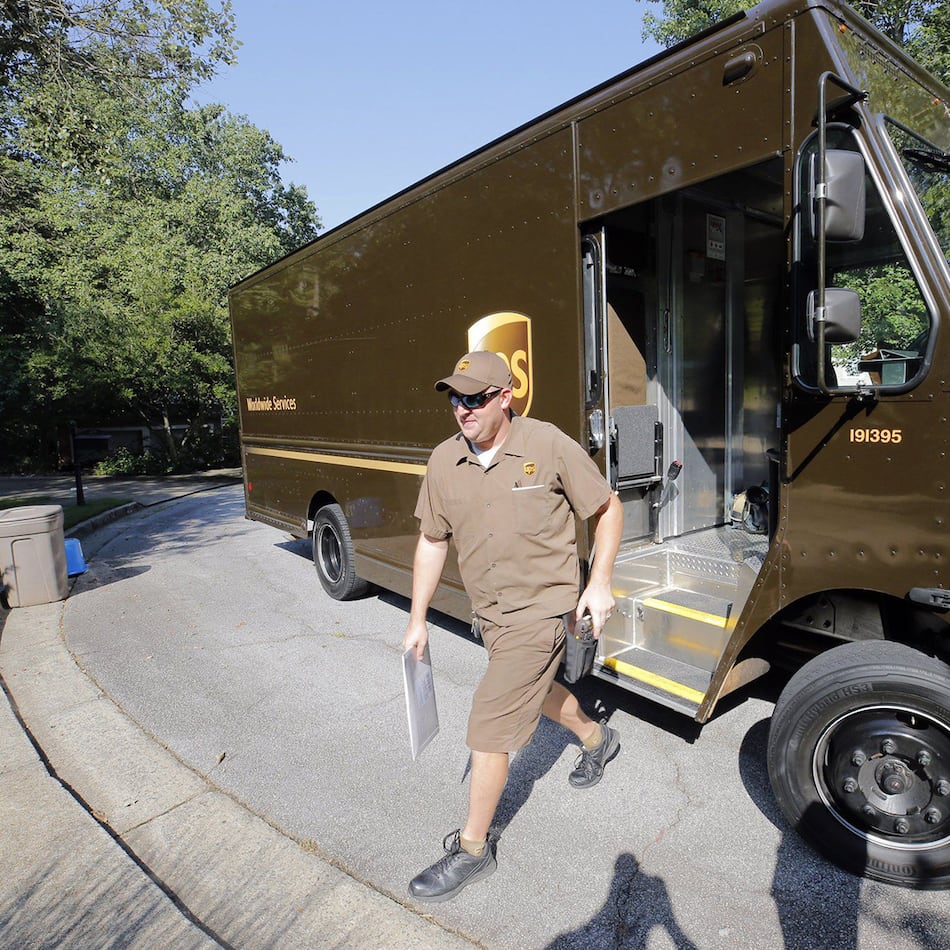Beyond the temperature, there’s some heat surrounding Zoo Atlanta’s giant pandas this summer — the looming question of whether the Grant Park attraction can raise $500,000 in hopes of extending their decade-long stay five more years.
With $2 million already pledged from corporations and foundations, the zoo went public with its “Give So They Stay” campaign in mid-June, and has raised $59,000. That’s roughly a tenth of the goal, but no one seems fazed, at least not yet, since a still-to-be-negotiated deal with the Chinese government would not kick in until 2010.
Certainly, the black and white bears seem as blissfully unconcerned as ever, romping, sleeping and eating amid the air-conditioned splendor of their exhibits. The two panda indoor displays are chilled to the low 60s, in deference to the occupants’ 2½-inch-thick fur. So on many mornings, as the temperature rises outside, a zoo volunteer repeatedly has to squeegee the humidity off the floor-to-ceiling display windows, the better for the adoring public to ooh and aah at the pandas’ antics and well-rounded cuteness.
The summer stifle is the reason that the outdoor enclosure to the side will remain mostly vacant until fall. The tight (indoor) housing market also explains why father Yang Yang and daughter Mei Lan, who will be 3 in September, have to take turns being on public view, while mama Lun Lun and cub Xi Lan, who celebrates his first birthday Aug. 30, are on display together consistently during public hours.
As the climactic and financial forecasts play out, here’s an update on the zoo’s pre-eminent personalities:
The new cub on the block
There was so much excitement when Mei Lan (“Atlanta Beauty”) was born in late 2006 that there’s no way that second cub Xi Lan (“Atlanta’s Joy”) could compete for attention or adoration.
But Xi Lan, very much a boy like his still-playful dad Yang Yang, may be the more natural entertainer of the two offspring.
“Mei Lan slept more when she was younger, whereas Xi Lan is more active, more boisterous,” keeper Heather Roberts notes.
He’ll badger his mom, who has to devour a lot of bamboo to be able to nurse her son, “until she finally gives up and starts playing with him,” the keeper continues. “Whereas with Mei Lan, she’d just push her away.”
Xi Lan is showing signs of maturing, starting to peel away at bamboo but mainly interested in eating the leaves for now.
Mei Lan is making the transition toward adulthood, which is a solitary existence, smoothly. The zoo has said that the adolescent will return to China, as a candidate for future breeding, while her brother and parents remain in Atlanta.
The frenzied fans
They come in waves with cameras and questions. Fortunately, zoo volunteers such as Dorothy Kuhlman are well stocked with answers.
“They eat a lot of bamboo, which doesn’t have much protein. It’s all fiber, so it’s in one end and out the other,” Kuhlman responds to a FAQ with a naughty smile.
Though some visitors don’t seem that proficient in panda — such as the one who asked Kuhlman if Yang Yang, rolled into a ball like a giant boulder of zzzzz’s, was asleep — others are almost scholarly.
Among the latter one recent morning were sisters Lee Woodall of Atlanta and Cyndi Anderson of Reston, Va., who calls herself a “pandarazzi” and shouldered the camera gear to back it up. Anderson meets most weekends with a dozen or more panda-photographing enthusiasts at the National Zoo and is leaning on her Atlanta sister to upgrade her lenses and such.
“The charisma of pandas is off the charts,” Anderson explains. “I try not to anthropomorphize them but, still, you can read a lot of humanity in them.”
The future
The birth of the two cubs, following artificial insemination, was big news that became a big draw at Zoo Atlanta.
But beyond that boost, zoo officials are pleased about the contribution their institution has made to research about great pandas in captivity as well as its financial contribution to the animals in the wild ($1.1 million yearly in loan fees).
Each American zoo hosting pandas — including the San Diego Zoo, the National Zoo in Washington and the Memphis Zoo — is conducting complementary studies. Atlanta’s niche has been on reproductive, maternal and developmental behaviors.
“I feel like Zoo Atlanta has accomplished a lot,” says Dr. Rebecca Snyder, the zoo’s panda curator, “but so have all of the scientists who have been working on pandas for the last 10 or 15 years.”
Captive panda numbers are up to nearly 270, and there are 13 in the U.S. now, the most ever. There are an estimated 1,600 pandas in the Chinese wild.
If Zoo Atlanta’s loan is extended, research on captive pandas would continue, and the zoo would hope to contribute $2.5 million in loan fees toward protection of the wild population.
“We’ve done a lot to make sure that the captive population is safe and healthy and doing well,” Snyder says, “and now we need to do more to figure out how to save the wild population.”
Meanwhile, Lun Lun could produce two more cubs in those five years, which would be more panda joy for Atlanta, indeed.
About the Author
Keep Reading
The Latest
Featured

